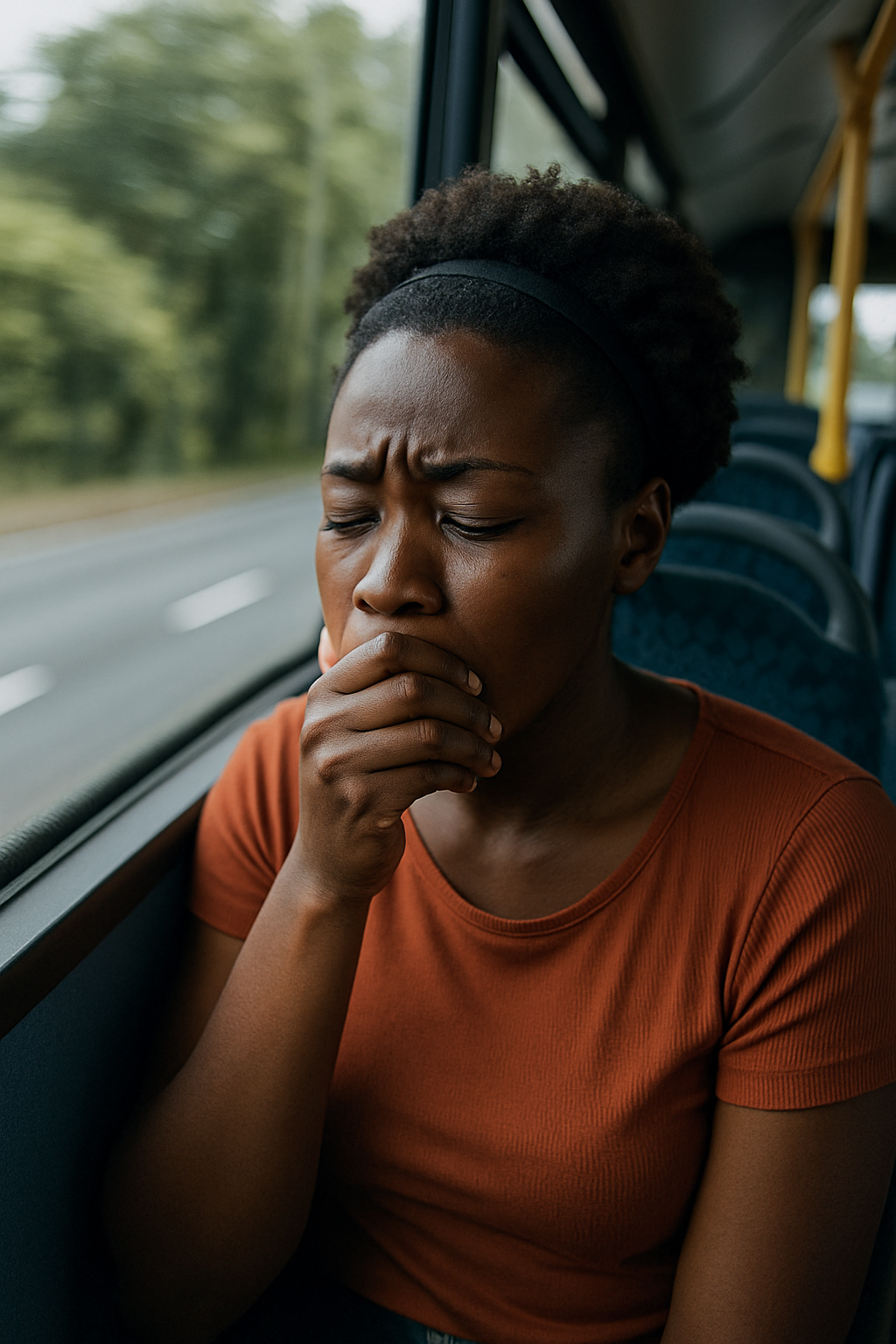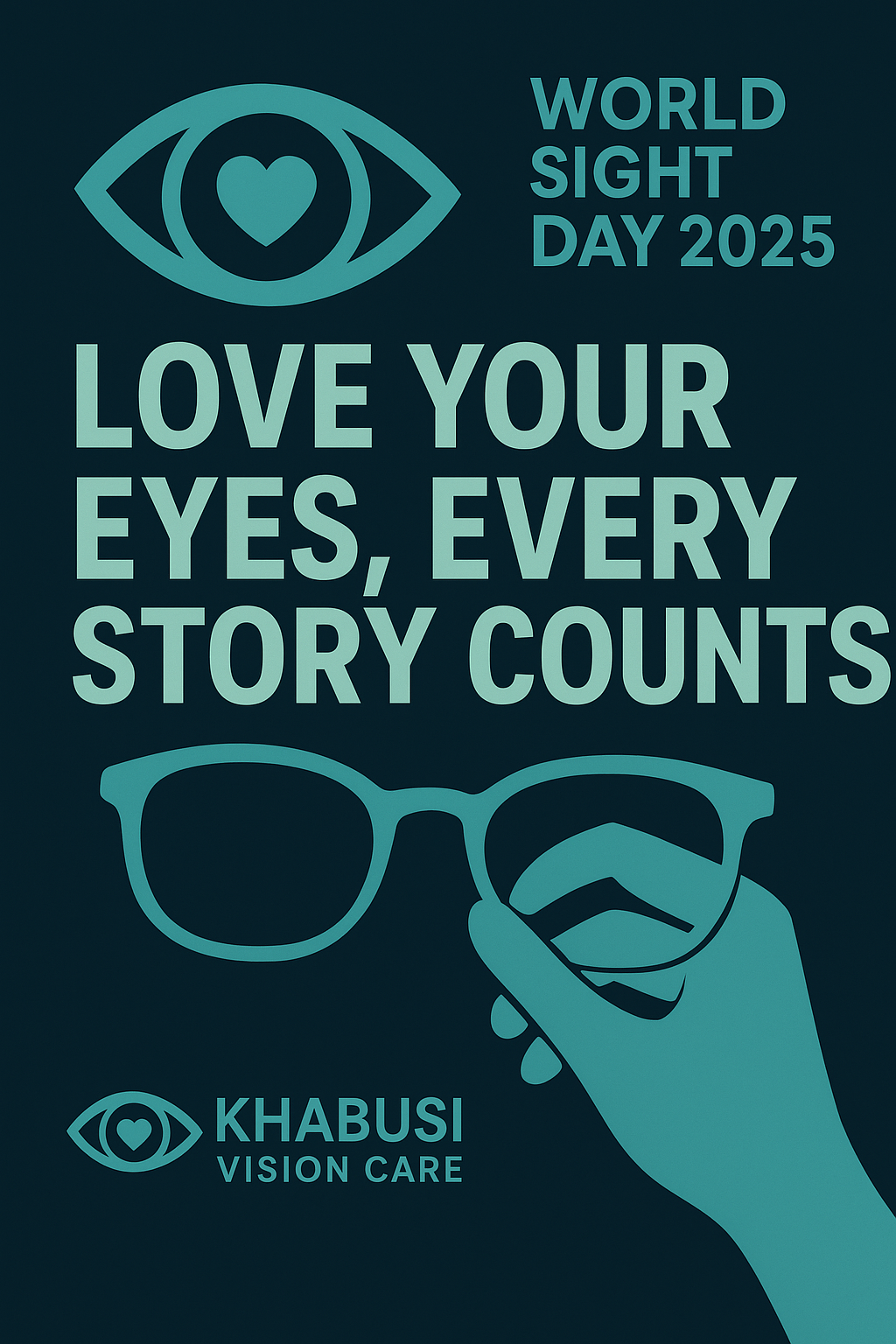
A Case of Motion Sickness and Uncorrected Hyperopia
Posted on Aug 08, 2025 by Timothy Khabusi
Category: Clinical Cases
Introduction
Motion sickness is a deceptively complex condition. At first glance, it seems to be about the inner ear — a mismatch between what you feel and what you see. But as clinicians, we know the story is more nuanced. The eyes don’t just "see" — they coordinate, accommodate, and align with the rest of the body to maintain balance and perception.
What happens when the visual system itself is strained — say, by uncorrected hyperopia? Can a small refractive error tip the balance and make someone more prone to motion sickness?
In this case blog, we explore exactly that, through the lens of a young patient I encountered recently, who happens to experience visual-triggered nausea while traveling.
Case Summary
Patient: 25-year-old female
Chief complaint: Photophobia and nausea while using her phone in a moving car
Notable observation: Symptoms resolve if she avoids looking at her phone while the car is in motion
Ocular findings:
-
Low hyperopia
-
No tropia or phoria
-
Normal ocular health
-
No history of spectacle use
Management Plan:
-
Prescribed photochromic lenses with anti-reflective coating
-
Full-time wear advised for both visual comfort and glare reduction
-
Follow-up scheduled in 6 months
This case raises an important question: Was her motion sickness caused by uncorrected hyperopia, or was it simply the visual-vestibular conflict from reading in a moving vehicle? Let’s explore both — and their potential interaction.
Visual-Vestibular Conflict (Classic Mechanism)
When the eyes fixate on a still object (like a phone), but the inner ear senses movement, the brain receives conflicting sensory input. This is the most common explanation for motion sickness, especially in passengers reading or using smartphones. Multiple studies confirm that static visual fixation during motion is a potent trigger for nausea and disorientation [1][2].
In her case, this mechanism is clearly at play, as her nausea is activity-specific (only when reading in motion).
Uncorrected Hyperopia and Visual Strain
Hyperopic eyes require constant accommodative effort, even at distance — and much more so for near tasks like reading. If uncorrected, this can lead to:
-
Visual fatigue
-
Headaches
-
Reduced visual stability
But more subtly, it may also contribute to motion sensitivity, by:
-
Increasing cognitive load during visual tasks
-
Disrupting smooth visual tracking
-
Exacerbating sensory mismatch due to fatigue or blurred input
Though the link between hyperopia and motion sickness isn’t extensively studied, it is theoretically grounded and supported by indirect evidence [3][4].
In her case, this is likely a contributing factor — not the root cause, but possibly lowering her tolerance for the already-conflicting visual-vestibular input.
Photosensitivity as a Trigger Modifier
Her complaint of light sensitivity adds another dimension. Bright ambient light or screen glare in a moving car could augment:
-
Visual discomfort
-
Eye strain
-
Difficulty with accommodation or fusion (even in patients with no measurable phoria)
Photosensitivity is known to worsen symptoms in patients with migraines, vestibular disorders, and visual motion sensitivity [5].
In this case, this could be amplifying the discomfort and lowering her motion threshold further.
Clinical Interpretation
This case likely represents a multi-factorial interaction:
| Factor | Contribution Level | Note |
|---|---|---|
| Static fixation + motion | Strong | Primary driver of nausea |
| Uncorrected hyperopia | Moderate | Amplifies strain and reduces visual resilience |
| Photosensitivity | Moderate | May lower discomfort threshold in motion |
Together, these factors created a “perfect storm” of visual input that the brain couldn’t reconcile with vestibular signals.
Management Rationale
The clinical response was tailored and evidence-informed:
-
Photochromic lenses: Address photophobia, reduce dynamic glare
-
AR coating: Improves clarity and reduces reflective interference
-
Plus correction: Eases accommodative demand, enhances visual stability
A 6-month follow-up allows time to evaluate symptom resolution — a practical timeline for real-world adaptation and symptom tracking.
Take-Home Messages for Clinicians
-
Don't underestimate low hyperopia, especially in patients with motion sensitivity or photophobia.
-
Consider visual system resilience in motion sickness cases — refractive strain can amplify sensory mismatch.
-
Photochromic and AR lenses can meaningfully improve quality of life in symptomatic patients, even without overt ocular pathology.
-
Educate patients about behavioral strategies (e.g. avoid phone use in motion, take visual breaks).
This case shows how "minor" visual factors can have major quality-of-life effects, especially when layered into motion-rich environments. As optometrists, our role extends beyond clarity, into the subtle domains of comfort, integration, and sensory balance.
References
-
Reason JT, Brand JJ. Motion Sickness. Academic Press, 1975.
-
Kennedy RS et al. "Simulator sickness in the Navy." Aviation, Space, and Environmental Medicine (2010).
-
Allen M, et al. "The effect of refractive correction on simulator sickness." Journal of Vision Science, 2020.
-
Leat SJ et al. "The effect of spectacle correction on balance and coordination in children." Optometry and Vision Science, 2011.
-
Wilkins AJ. "Visual stress." Oxford University Press, 1995.

Timothy Khabusi
Optometrist, Innovator and Lifelong Learner. Dedicated to making eye care and science accessible and impactful.
Leave a Comment
Comments
No comments yet. Be the first!


